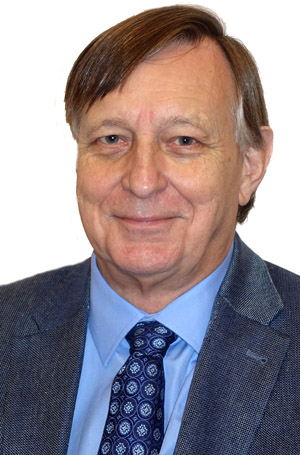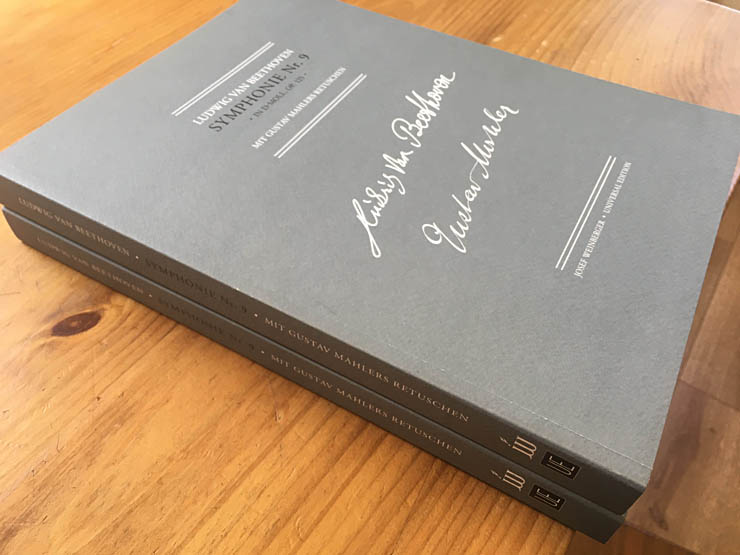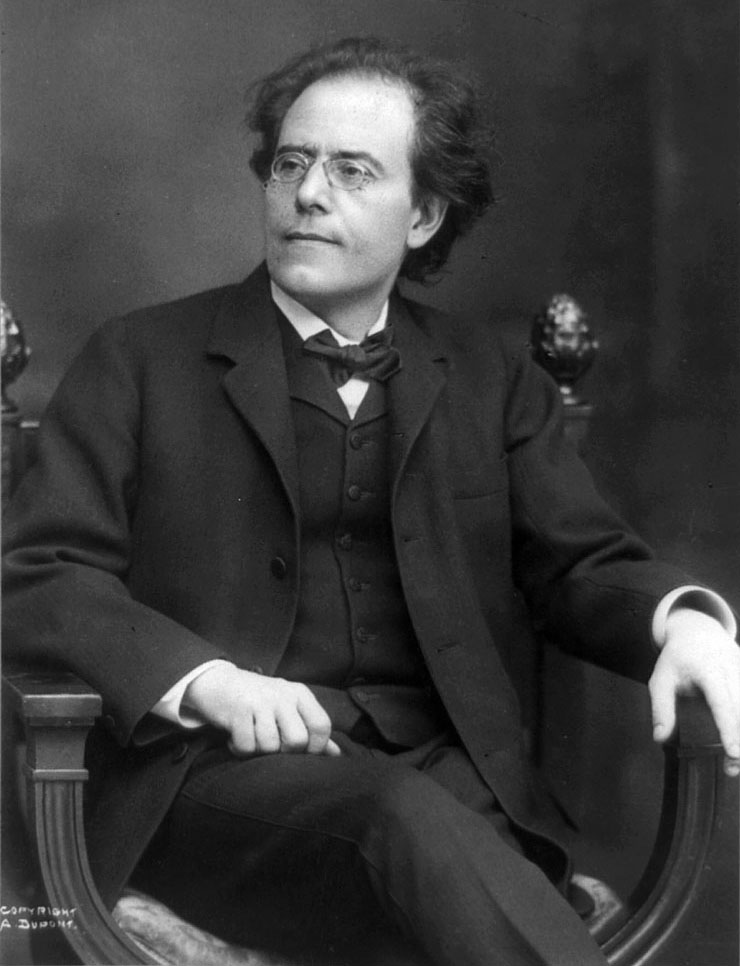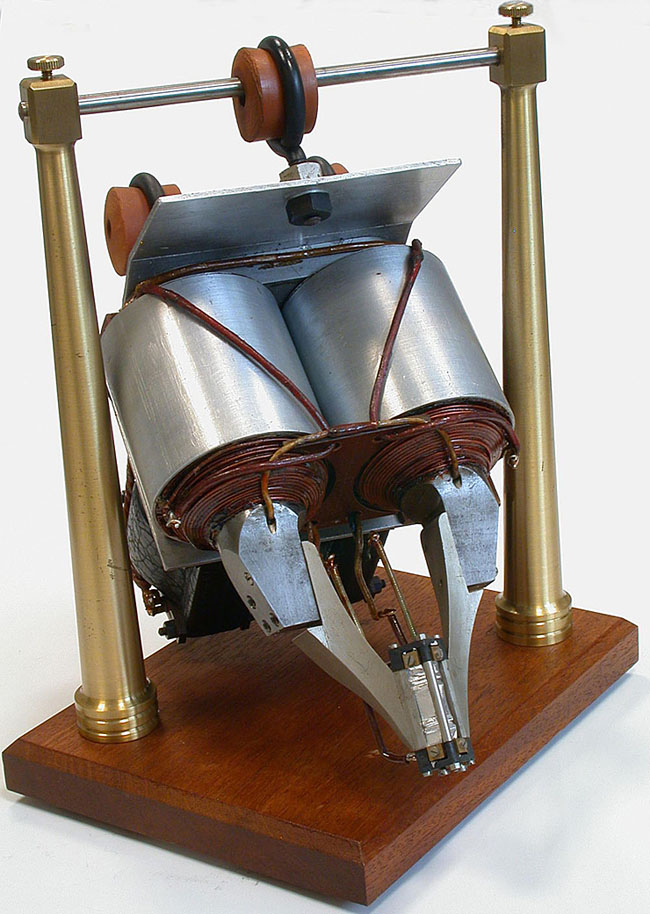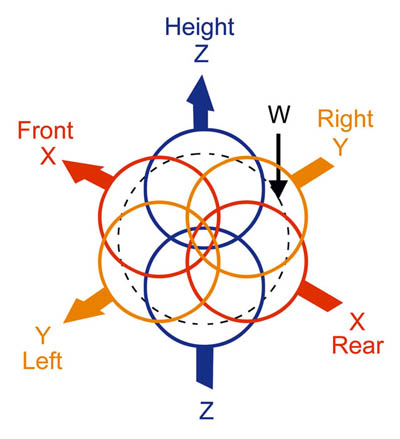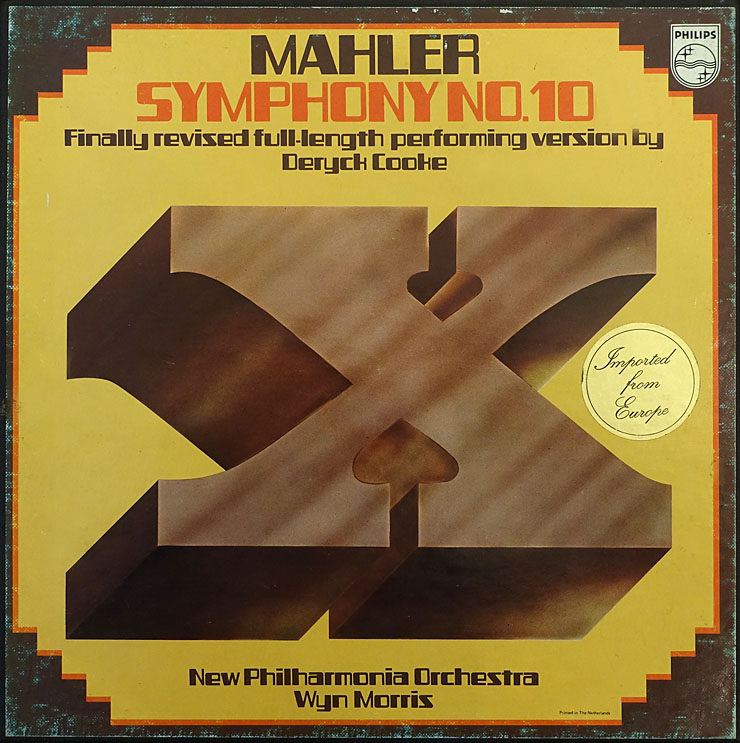Gustav Mahler conducted Beethoven’s Ninth Symphony on ten occasions: in Prague, Hamburg, Vienna, Strassburg and New York. For the last seven of these performances he prepared and used his own score and orchestral parts. I have transcribed and edited these materials...
Conducting
My first conducting experience was at school when the music master was off sick and I stood in front of the school orchestra and “conducted” Beethoven's Egmont Overture. The first (and only) oboist was Andy Mackay, later the saxophonist of Roxy Music. It was a brutal learning experience with an ensemble that tried its best to follow me, but this did not put me off trying again later at college and achieving slightly better results. I eventually studied conducting with Alan Barlow in England and then with Igor Markevitch in France, Monaco and Germany, and armed with this founded the Bushey Symphony Orchestra, which to my great joy is still pleasing audiences today.
I am grateful to Barlow and Markevitch, and also to Moshé Feldenkrais, for instilling discipline into my conducting gestures, so that they communicate musical values in silence. I also learnt an inestimable amount concerning musical interpretation and rehearsal technique during the ten years I spent as an EMI recording engineer, when I was frequently able to observe great conductors rehearsing and performing in the recording studios. The most influential of these were Otto Klemperer, Carlo Maria Giulini, Leonard Bernstein, Sir John Barbirolli, Sir Adrian Boult and Leopold Stokowski.
A keen interest in recordings from my earliest years has also directed my approach to music making. In addition to those of the conductors listed above, the recordings of Bruno Walter, Wilhelm Furtwängler, Sir Thomas Beecham, Arturo Toscanini and others, together with those of acclaimed instrumental performers have also been an extremely fruitful source of inspiration and instruction and have enabled me to evolve and develop as a musician. Further insights have been gleaned from the study of Gustav Mahler's conducting scores and orchestral parts that I have been editing and preparing for publication over the past decades.
To date I have been Music Director of seven ensembles. Each one of these has a different character, excels in different repertoire and requires a different approach by the conductor, both in rehearsal and in performance. There are also differences between audiences, some being extremely knowledgeable about music and others less so, without any being less enthusiasatic about their local ensemble or the music it plays. One thing that I have found to be common to all audiences is that they enjoy it when the conductor says a few words about the programme – either from the podium or at a separate event. The members of ensembles in turn like to be able to “see” the big picture of the music they are performing, particularly because, from their position on stage, they may not always be able to hear how they fit in. Since each of them is part of a larger whole they need to know their function in this big picture and how to relate to the other voices in the ensemble. How the conductor communicates this information, however, differs according to the ensemble and the audience. More often than not, with the performers this can be done by means of the conductor’s gestures, but sometimes words are needed to supplement these. It is also important that the gestures of the conductor, although primarily intended for the performers, are consonant with the spirit of the music, so that the audience can also benefit from them. In all this it is readily evident that, guided by the wishes of the composer specified in the score, the conductor has to have a strong and definite sense of how the music should sound, or else no worthwhile communication will take place between the four parties to a musical event: composer, performers, audience and conductor.
Guest Conducting
England
British Youth Symphony Orchestra
British Youth Chamber Orchestra
Collegiate Symphony Orchestra and Chorus
Music on the Fens, Cambridge
Poland
Czestochowa Philharmonic Orchestra
Słupsk Philharmonic Orchestra
Orchestra of the Fryderyk Chopin University, Warsaw
Switzerland
Biel Solothurn Symphony Orchestra
The Netherlands
Utrechtsch Studenten Concert
Indiana
Indiana University Orchestras (Nutcracker Ballet and concert appearances)
Philharmonic Orchestra of Indianapolis
Lafayette Symphony Orchestra
Ohio
Bowling Green Philharmonia
Nebraska
Kearney Symphony Orchestra
New Jersey
Atlantic Brass Band
USA/Canada
International Symphony Orchestra, Michigan and Ontario
CAMMAC, Québec
Soloists
The high quality soloists with whom I have worked have been a constant stimulation in developing my musical insights and skills. In alphabetical order, some of these are:
Pianists
Nicholas Ashton
Jonathan Biss
Katya Cerovsek
Cola Heiden
Leonard Hokanson
Martin Hughes
Anthony Molinaro
Shigeo Neriki
Stephen Prutsman
Andrzej Ratusiński
Bernard Roberts
Nicholas Roth
Christopher Taylor
James Tocco
Yolande Wrigley
Violinists
Corey Cerovsek
David Chan
Nona Liddell
Yfrah Neaman
Gwen Preucil
Desirée Ruhstrat
Larry Shapiro
Cellists
Arnold Ashby
Rachel Caswell
Marie Hallynck
Fritz Magg
Arkady Orlovsky
Keren Starer
Janos Starker
Guitarist
Anthea Gifford
Singers
Ann Conrad, soprano
Ken Knowles, tenor
Teresa Kubiak, soprano
Robert McFarland, baritone
Nigel Grant-Rogers, bass
Catherine Wyn-Rogers, mezzo-soprano
Wind soloists
David Bellman, clarinet
Peter Lloyd, flute
Dominic Spera, trumpet
Anton Weinberg, clarinet
Organists
David Bell
Susan Chan
Other
D. J. Enright, poet (Prokofiev: Peter and the Wolf)
Peter Schickele (P. D. Q. Bach)
Programming and Repertoire
An important feature of my approach to music making has been a thorough grounding in the classical style through regular contact with the Viennese masters, balanced by appropriate and complementary programming of romantic, modern and contemporary music and the encouragement of local composers.
Finnish music has been heavily represented in my repertoire, including the music of Sibelius, Merikanto, and Einojuhani Rautavaara. In 1994, I commissioned Rautavaara to write a symphony for the 25th anniversary of the founding of the Bloomington Symphony Orchestra in Indiana, conducting in 1995 the world première of this work (Symphony No. 7, “Angel of Light”). Together with Cantus Arcticus, this symphony has become one of the most played and recorded works of Rautavaara. I have also conducted Rautavaara’s Third Symphony and the US première of his Lintukoto (Isle of Bliss).
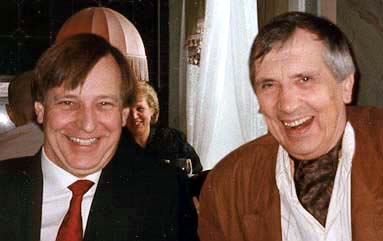
with the composer Einojuhani Rautavaara
“As to the Seventh Symphony, I don’t think I would have composed it—at least, not at that time—without David Pickett.” – Einojuhani Rautavaara (Fanfare July/Aug 1996)
I have also developed a strong interest in the music of Poland, having conducted there several times. I have programmed works by Moniuszko, Karlowicz, Szymanowski, Baird, Lutosławski, and particularly Andrzej Panufnik, the revised version of whose Sinfonia Votiva I conducted in Warsaw and Czestochowa.
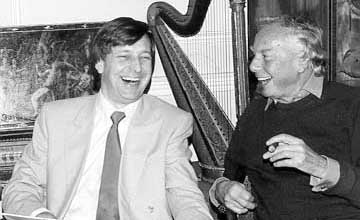
with the composer Andrzei Panufnik
Children’s Concerts
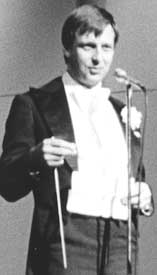
My Children’s Concerts have proved popular with youngsters and parents alike. I take great care to choose pieces that appeal specifically to young listeners, and introduce the works from the stage, taking my cue from Leonard Bernstein’s example. The young people are involved in performance during the concert, through audience participation and by inviting as many children as space will allow to perform on stage with the orchestra.
Masterworks Concerts

Perpetual Canon from Bach’s Musical Offering
On occasion, I have performed a single masterwork in a concert, preceded by an illustrated lecture in which the orchestra also participates. Supporting material is provided by handouts (with facsimiles), display photographs and PowerPoint presentations as appropriate. Samples of these are:
Bach: A Musical Offering
Beethoven: Symphony No. 4 in B flat
Brahms: Variations on a Theme of Haydn
Haydn: Symphony No. 104 in D
Mozart: Symphony No. 40 in G minor
Rev. 21 Nov 2018
